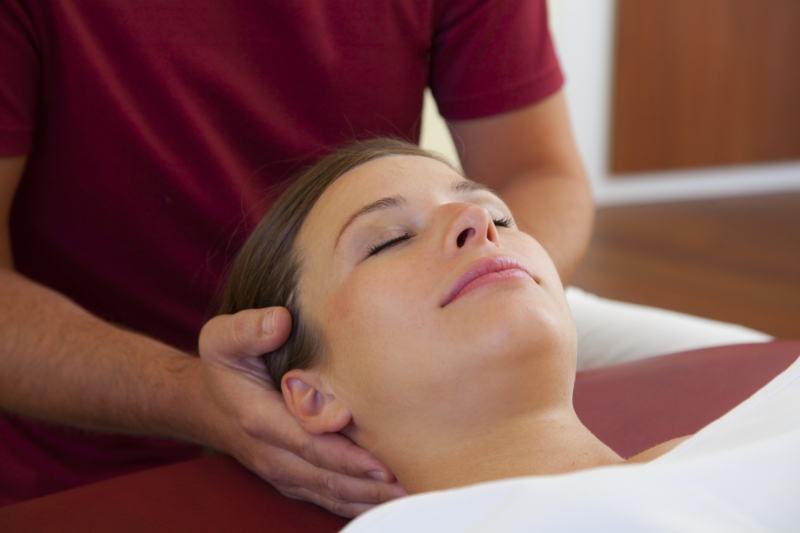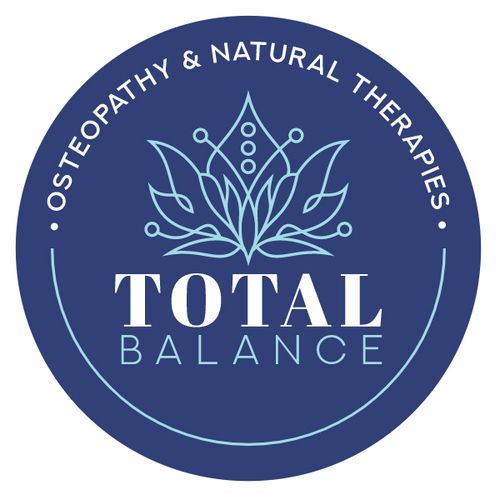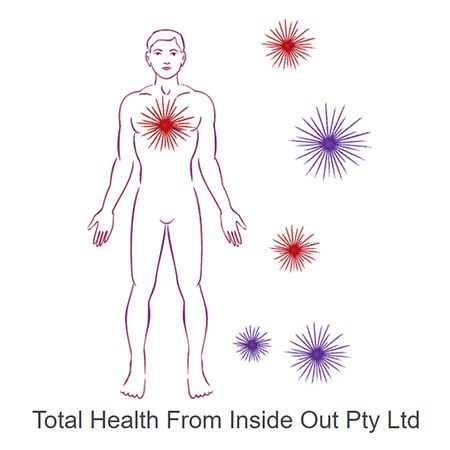
Are you interested in exploring craniosacral therapy with a view to studying this modality more formally? This holistic approach to healing is focused on the spinal fluid that envelops our entire bodies, with a range of non-manipulative techniques that aim to alleviate a range of ailments and conditions. ntpages caught up with experienced practitioner Eva Kuhl Bornefelt of the Stillness Institute, for a detailed insight into her world.
Tell us a bit about yourself and your involvement with natural therapies?
"I pretty much live and breathe from a natural therapy perspective. I have explored many different therapy forms from many different angles as a client and therapist, having also studied, read and shared with other therapists. I love to keep expanding my view and understanding of the world we live in and our place in it."
What led you to practice craniosacral therapy?
"I was initially treated with the deeper version of osteopathy called cranial osteopathy and soon after, the emerging deeper and more subtle version of that, biodynamic osteopathy, after having lived with a lot of pain for a long time following a number of instances of trauma. I immediately fell in love with this deep and subtle way of holistically working with the body and knew straight away that I wanted to be able to offer that help to others in need. My osteopath pointed me in the direction of craniosacral therapy, which is the free-standing counterpart of the last two years of osteopathic training, being the cranial field."
What training do you have?
"I subsequently completed my craniosacral and basic medicine training in Europe and have since done numerous postgraduate training courses all over the world in various forms of craniosacral therapy. I have also attended training courses working with animals. This has allowed me to learn from and appreciate many different perspectives and teaching experiences. Further enhancement came with regular meditation studies and experiences in the spiritual, metaphysics and mediumship fields. This has led to a rapid development and deepening of my craniosacral skills and knowledge as well as an opening up of my extra sensory perception and understanding."
Is craniosacral therapy suitable for all ages?
"Craniosacral therapy is suitable for all ages from pre-conception and embryo to the oldest person alive. It can also greatly help the terminally ill cope with pain and assist in a peaceful transition without fear for themselves and their family members."
What are the modalities origins?
"Craniosacral therapy originated with osteopathy over a hundred years ago, which was founded by Andrew Taylor Still, a medical doctor in the American mid-west. He understood the significance of living anatomy in health and disease. The body is severely hampered in its ever-present striving towards optimal health and harmonious motion by slight anatomical distortions and deviations. He also understood the significance of the body, mind, emotions and spiritual as one whole. Some years later, William G. Sutherland, developed osteopathy further, into the cranial field and towards the end of his career into the deeper form of biodynamics. In the 1970s craniosacral therapy was starting to be taught outside of the osteopathic profession as a parallel line, which was also further developed into the biodynamic field.
Multidimensional craniosacral therapy, which constitutes the main part of teaching at Stillness Institute, is what I have chosen to call the next step in the development of this line of work and observation. It arises out of the depth and stillness of the biodynamic space into even more expanded perception, skills and understanding of our subtle and complex living anatomy and physiology. This correlates highly with what is being discovered in quantum physics. This further spectrum becomes available to the therapist when he or she is ready and self-developed enough. It is the cutting edge and frontier of body-mind-field work."
What qualifications are on offer via Stillness Institute?
"There are three Diploma series with increasing biodynamic and multidimensional content through the series, including:
- Craniosacral Therapy (Human)
- Equine CranioSacral Therapy
- Canine CranioSacral Therapy
In addition there are stand-alone and series of workshops of different types, some with add-on days for work with animals:
- Post-graduate Biodynamic Basics (for CSTs, DOs & other therapy graduates)
- Post-graduate series of Multidimensional Workshops (for same as above)
- Other workshops open to the public"
How are the courses structured?
"All courses and series contain lectures and hands-on exercises where the participants work with each other. Workshops open to the public contain lectures and experiential exercises. Courses in the animal series contain lectures and practical work first with each other and then with horses or dogs, depending on the series. Some workshops and post-graduate courses have add-on days for work with animals, containing lectures and hands-on exercises with horses or dogs."
What qualification do I need to become a practitioner?
"There is no governing body for craniosacral therapy standards in Australia or worldwide, so it is up to each school or institute to maintain high enough standards of its students for graduation and diploma. To qualify for a diploma from Stillness Institute you need to satisfy a range of criteria, including:
- Participation in all 8 ground level courses of one or more of the series (Human, Equine or Canine).
- Passing practical and written exams.
- Basic medicine studies including anatomy, physiology and pathology to adequate level (through TAFE or other studies of relevant content and level.
- 100 logged treatments + discussion of 5 client case studies with follow-up.
There are also plans for a student clinic down the line to allow the students to gain experience in real client sessions under tutor supervision."
What are the job prospects for graduates?
"The treatment form and philosophy of craniosacral therapy and cranial osteopathy are truly the science and treatment forms of the future. Prospects are therefore great as more and more people become aware of their existence and research catches up with understanding and acknowledging the undeniable positive effects and great scope of this work."
What conditions is craniosacral therapy effective at treating?
"There are no limits to which conditions or challenges can be treated with craniosacral therapy or cranial osteopathy, especially the deeper biodynamic and multidimensional work, as it focuses a lot on the living underlying foundations of the body. There are so many conditions, illnesses, injuries, imbalances, states of mind, relationship issues and so on, that would benefit from treatment that it is difficult to name them all. These could range from allergies to stress and chronic fatigue, infertility, digestive issues and migraines to chronic pain and terminal illnesses. Treatment is also extremely beneficial to prevent physical and energetic issues from arising by maintaining optimal health, flow and inner communication and to aid continued development."
How often would treatment be required?
"Depending on the complexity of your condition, treatment would initially occur weekly or fortnightly, then spaced further apart, until all the tensions and strains contributing to your state of being are resolved. This could be a lengthy or reasonably short period, depending on your overall state of accumulation of distortions and toxic load.
Once your symptoms, and preferably also the origin of them, are resolved, you are likely to feel much more in control of your life and have your energy back as it is no longer being used to hold your traumas and run your body against the distortions, you have the opportunity to continue treatment for your own well being and personal development."
Describe a craniosacral therapy consultation for us.
"Craniosacral therapy is client-led. Your body will set the pace and order of work, which guides the therapist. You will therefore remain calm, comfortable and in touch with what is occurring and be able to integrate the changes that come about.
Craniosacral therapy and the deeper biodynamic work is normally a hands-on therapy, but with very light touch, while the multidimensional work may be hands-on or off, depending on the direction of the inner intelligence and guidance and what is being worked with. It may even be done remotely over long distance."
Tell us about working with dogs?
"Work with dogs is often done at the therapist’s home or outside in a garden. Many dogs have a fear of vet clinics and may be more at ease outside of a clinic setting. The dog may be worked with on a cushion on a treatment table or on the floor. It may take some time for the dog, especially angry or fearful ones, to accept and let the therapist into their personal space and onto their physical body without further traumatising them. It is therefore important to as much as possible let the dog invite the therapist in instead of pushing treatment on the dog. Dogs that are familiar with this form of healing are very quick to respond and resolve the issues brought up for the session. It is very beneficial to take both dog and owner into consideration during the treatment, as many of the dog’s issues may have their origin within their human (or several members of their human family) as dogs are very big on field-mirroring."
And with horses?
"Work with horses is mostly done where the horse lives, either in a calm spot out in the open or in a roomy covered area. The therapist may want to work with the owner/rider present or not, depending on the situation, but it is preferable to have someone loosely holding the horse during treatment. Horses are also field-mirroring their owners and riders, which means they are carrying some of their owners issues, but if they are being ridden, they will also be balancing against the irregularities and misalignments of the rider, needing to hold themselves in strain and tension to be able to carry the equipage in balance. Sometimes it may be beneficial to watch the rider in the saddle and point out these misalignments and imbalances so the rider can become aware and attend to them. The therapeutic work in an equine session is often roughly up to one hour long, but you may need to allocate extra time to fetching the horse and explaining what is going on with the horse to the owner/rider and bring them into more harmony with the horse. You may need to schedule extra time for assessing the horse in movement and possibly also with the rider in the saddle. The horse should preferably not be ridden for a few days after the session."
|
Do you have a natural health & wellness business? |









